Home>Gardening & Outdoor>Pool & Spa Care>How Often Do You Change Water In A Hot Tub
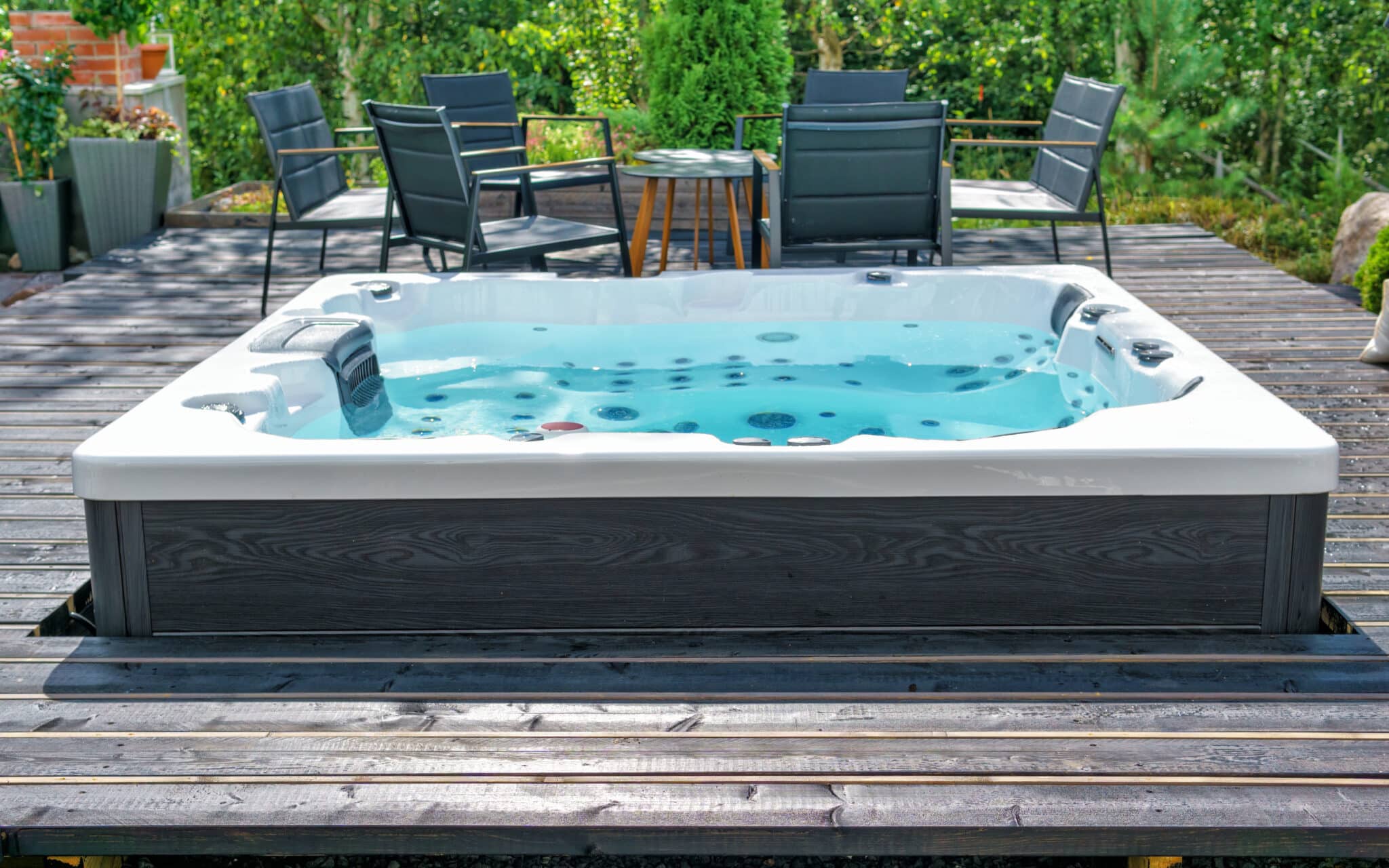

Pool & Spa Care
How Often Do You Change Water In A Hot Tub
Modified: November 1, 2024
Discover the best practices for pool and spa care, including how often to change water in a hot tub. Keep your water clean and safe with expert tips.
(Many of the links in this article redirect to a specific reviewed product. Your purchase of these products through affiliate links helps to generate commission for Storables.com, at no extra cost. Learn more)
**
Introduction
**
Owning a hot tub is a luxurious and enjoyable experience, providing relaxation and therapeutic benefits. However, to ensure that your hot tub remains a safe and inviting oasis, proper maintenance is essential. One crucial aspect of hot tub maintenance is the regular changing of the water. In this article, we will explore the importance of regular water changes, the factors affecting the frequency of water changes, signs indicating the need for a water change, the recommended frequency of water changes, and the steps involved in changing hot tub water.
Regular water changes are vital for maintaining the cleanliness and safety of your hot tub. By understanding the factors influencing the frequency of water changes and recognizing the signs that indicate the need for a change, hot tub owners can ensure that their hot tub water remains pristine and inviting. Let's dive deeper into this essential aspect of hot tub care.
**
Key Takeaways:
- Regular water changes in a hot tub are crucial for cleanliness, safety, and a pleasant experience. Factors like usage, sanitizer levels, and environmental conditions determine the frequency of water changes.
- Signs like cloudy water, foul odor, and skin irritation indicate the need for a water change. Following proper steps to change the water ensures a clean and inviting hot tub environment.
Importance of Regular Water Changes
**
Ensuring that your hot tub water is clean and properly maintained is crucial for several reasons. Firstly, regular water changes help to prevent the buildup of contaminants, such as body oils, lotions, sweat, and other impurities that accumulate over time. These contaminants can create a breeding ground for bacteria and algae, compromising the water quality and potentially leading to skin irritation or other health concerns for hot tub users.
Additionally, frequent water changes contribute to the effectiveness of the hot tub’s sanitation system, whether it be chlorine, bromine, or an alternative sanitation method. Clean water allows these sanitizers to work more efficiently, effectively combating bacteria and other harmful microorganisms. This, in turn, helps to maintain a healthy and hygienic environment for hot tub users.
Moreover, regular water changes support the overall performance and longevity of the hot tub equipment. By preventing the accumulation of impurities and mineral deposits, such as calcium and magnesium, within the plumbing and filtration system, the risk of clogging and corrosion is minimized. This helps to preserve the functionality of the hot tub, reducing the likelihood of costly repairs and extending its lifespan.
Furthermore, clean water enhances the hot tub experience, promoting relaxation and enjoyment. Fresh, clear water not only looks more inviting but also provides a more pleasant sensory experience for hot tub users. By maintaining pristine water quality, hot tub owners can create a welcoming and rejuvenating environment for themselves and their guests.
Overall, the importance of regular water changes cannot be overstated. By prioritizing the cleanliness and quality of hot tub water through consistent maintenance, hot tub owners can ensure a safe, enjoyable, and long-lasting hot tub experience for themselves and their guests.
**
Factors Affecting Water Change Frequency
**
The frequency of water changes in a hot tub can be influenced by various factors, each of which plays a significant role in determining the optimal timing for a water change. Understanding these factors is essential for maintaining the cleanliness and safety of the hot tub water.
1. Frequency of Use: The more frequently the hot tub is used, the higher the likelihood of contaminants entering the water. Regular use can lead to the accumulation of body oils, sweat, and other impurities, necessitating more frequent water changes to uphold water quality.
2. Sanitizer Levels: The effectiveness of the hot tub's sanitizer, whether it be chlorine, bromine, or an alternative sanitation method, impacts the frequency of water changes. Lower sanitizer levels may require more frequent water changes to compensate for reduced sanitation effectiveness.
3. Environmental Factors: The surrounding environment can also influence the frequency of water changes. Hot tubs located in areas with high levels of dust, pollen, or other airborne particles may require more frequent water changes to counteract the introduction of external contaminants.
4. Water Quality: The quality of the water source used to fill the hot tub can impact the frequency of water changes. Water with high mineral content, such as hard water, may lead to quicker mineral buildup, necessitating more frequent water changes to prevent scaling and equipment damage.
5. Filtration System Efficiency: The effectiveness of the hot tub's filtration system is crucial in determining the frequency of water changes. A well-maintained and efficient filtration system can help prolong the intervals between water changes by effectively removing impurities from the water.
6. Bather Load: The number of individuals using the hot tub and their bathing habits can influence water quality. A higher bather load or prolonged soaking periods may lead to a faster accumulation of contaminants, requiring more frequent water changes.
Understanding these factors empowers hot tub owners to make informed decisions regarding the frequency of water changes, ensuring that the water remains clean, safe, and inviting for all users.
**
Signs That Your Hot Tub Water Needs Changing
**
Recognizing the signs indicating the need for a water change is essential for maintaining the cleanliness and safety of your hot tub. By staying attentive to these indicators, hot tub owners can ensure that the water remains fresh, inviting, and conducive to a relaxing and enjoyable experience.
1. Cloudy or Discolored Water: Cloudiness or discoloration in the hot tub water is a clear indication that a water change is needed. This cloudiness may result from the accumulation of impurities and particulates, signaling a decline in water quality.
2. Foul Odor: Unpleasant odors emanating from the hot tub water, such as a strong chlorine smell or a musty odor, can indicate the presence of contaminants or insufficient sanitation. This signals the need for a water change to refresh the water and restore its purity.
3. Foam Formation: Excessive foam on the surface of the hot tub water can be a sign of detergent residues, body oils, or other organic compounds. This buildup of foam indicates the need for a water change to eliminate these impurities and restore water clarity.
4. Skin Irritation: If hot tub users experience skin irritation, itching, or redness after using the hot tub, it may be a sign of poor water quality. Changing the water can help alleviate these symptoms by removing potential irritants and contaminants.
5. Inadequate Sanitizer Effectiveness: Testing the hot tub water and finding that the sanitizer levels are consistently low despite proper maintenance may indicate the need for a water change. Clean water supports the effectiveness of sanitizers, ensuring optimal protection against harmful microorganisms.
6. Persistent Water Imbalance: Difficulty in maintaining proper water balance, including pH and alkalinity levels, despite regular adjustments, can signal the need for a water change. Fresh water provides a clean slate for achieving and maintaining the desired water chemistry.
By remaining vigilant for these signs, hot tub owners can proactively address water quality issues and maintain a pristine and inviting hot tub environment. Regular observation and timely water changes are key to ensuring a safe and enjoyable hot tub experience for all users.
**
It is recommended to change the water in a hot tub every 3-4 months, or more frequently if it is used heavily. Regular water testing and maintenance can help extend the time between water changes.
How Often Should You Change Hot Tub Water?
**
The frequency of hot tub water changes depends on several factors, including usage, maintenance practices, and environmental conditions. While there is no one-size-fits-all answer, a general guideline for water change frequency is every three to four months for typical use. However, this timeframe can vary based on specific circumstances.
Frequency of Use: Hot tubs that are used frequently, such as several times per week, may require more frequent water changes. Increased usage leads to a higher accumulation of contaminants, necessitating shorter intervals between water changes to maintain water quality.
Sanitizer Levels: Monitoring and maintaining appropriate sanitizer levels is crucial in determining the need for a water change. If sanitizer levels consistently fall below the recommended range despite proper maintenance, more frequent water changes may be necessary to uphold effective sanitation.
Bather Load: The number of individuals using the hot tub and the duration of their soaking sessions can impact water quality. A larger bather load or extended soaking periods can accelerate the buildup of impurities, potentially requiring more frequent water changes.
Environmental Factors: Hot tubs located in areas with high levels of airborne debris, such as pollen or dust, may require more frequent water changes to counteract the introduction of external contaminants. Additionally, hot tubs exposed to extreme weather conditions may experience more rapid water quality deterioration, necessitating adjusted water change frequencies.
Water Testing and Observation: Regular water testing and observation of water quality indicators, such as clarity, odor, and foam formation, can guide the decision-making process regarding water change frequency. If these indicators suggest declining water quality, a water change may be warranted, regardless of the elapsed time since the previous change.
Ultimately, hot tub owners should consider these factors and closely monitor the condition of the water to determine the most suitable water change frequency for their specific situation. By staying attentive to usage patterns, maintaining proper sanitation, and proactively addressing water quality issues, hot tub owners can ensure a consistently clean and inviting hot tub environment.
**
Read more: How Often Do You Shock A Hot Tub
Steps to Change Hot Tub Water
**
Changing the water in your hot tub is a straightforward process that, when done correctly, contributes to the overall cleanliness and enjoyment of the hot tub experience. Follow these essential steps to ensure a successful water change:
- Prepare the Necessary Supplies: Gather the required supplies, including a submersible pump or siphon, a hose, a water testing kit, a hot tub cleaner or mild detergent, and any additional water treatment products.
- Turn Off the Hot Tub: Power off the hot tub and ensure that the electrical supply is disconnected to prevent accidental activation during the water change process.
- Drain the Water: Use a submersible pump or siphon to drain the water from the hot tub. Direct the hose to a suitable drainage area, ensuring that the water is safely and responsibly disposed of in accordance with local regulations.
- Clean the Hot Tub: Once the water is drained, thoroughly clean the hot tub surfaces, including the shell, jets, and filters, using a hot tub cleaner or a mild detergent. Rinse the surfaces with clean water to remove any residue.
- Refill the Hot Tub: Fill the hot tub with fresh water from a clean water source, such as a hose connected to a potable water supply. While filling, use this opportunity to add any necessary water treatment products, following the manufacturer’s recommendations.
- Test and Adjust Water Chemistry: Once the hot tub is filled, use a water testing kit to assess the water chemistry, including pH, alkalinity, and sanitizer levels. Make any necessary adjustments to achieve the recommended water balance and sanitizer levels.
- Activate the Hot Tub: Reconnect the electrical supply and power on the hot tub. Allow the water to circulate for a sufficient period to ensure proper mixing of any added water treatment products and to achieve uniform water temperature.
- Monitor and Enjoy: Regularly monitor the water quality and maintain the hot tub according to recommended maintenance practices. With the water replenished and properly maintained, the hot tub is ready to provide a clean, inviting, and rejuvenating experience for all users.
By following these steps and exercising care and attention to detail throughout the water change process, hot tub owners can uphold the cleanliness, safety, and enjoyment of their hot tub environment.
**
Conclusion
**
Maintaining pristine hot tub water through regular water changes is essential for preserving water quality, ensuring effective sanitation, and providing a safe and enjoyable experience for hot tub users. By understanding the factors influencing water change frequency, recognizing signs indicating the need for a change, and following proper water change procedures, hot tub owners can uphold the cleanliness and inviting nature of their hot tub environment.
Regular observation and proactive maintenance practices are key in determining the optimal water change frequency for individual hot tubs, taking into account factors such as usage patterns, sanitation levels, and environmental influences. By staying attentive to these considerations, hot tub owners can make informed decisions regarding water change intervals, promoting a consistently clean and inviting hot tub experience.
Ultimately, the commitment to regular water changes reflects a dedication to the well-being and satisfaction of hot tub users. By prioritizing the cleanliness and safety of the hot tub water, hot tub owners can create an environment that promotes relaxation, rejuvenation, and overall well-being.
With a proactive approach to water maintenance and a commitment to regular water changes, hot tub owners can ensure that their hot tub remains a welcoming and hygienic oasis, providing a source of relaxation and enjoyment for years to come.
Frequently Asked Questions about How Often Do You Change Water In A Hot Tub
Was this page helpful?
At Storables.com, we guarantee accurate and reliable information. Our content, validated by Expert Board Contributors, is crafted following stringent Editorial Policies. We're committed to providing you with well-researched, expert-backed insights for all your informational needs.
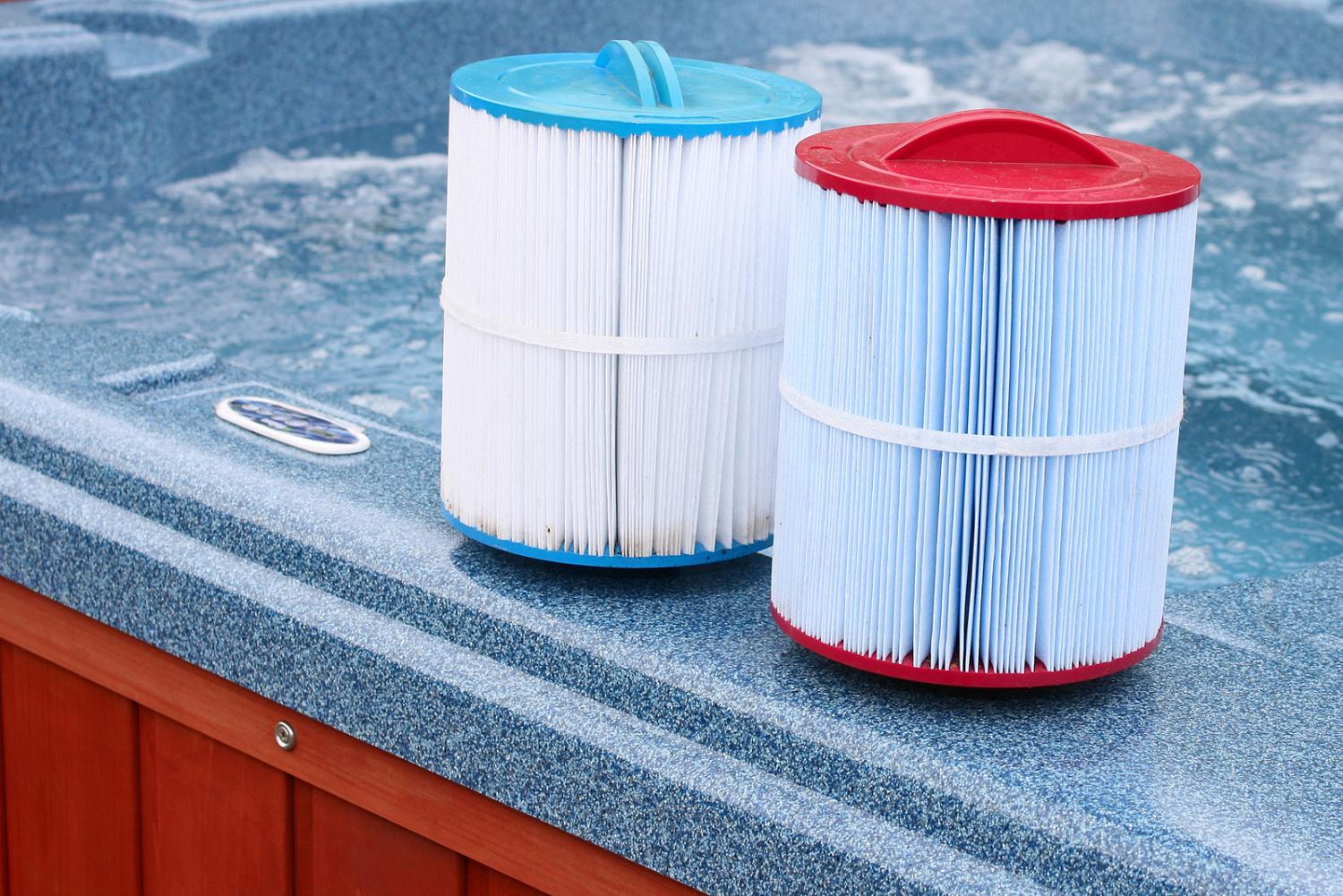
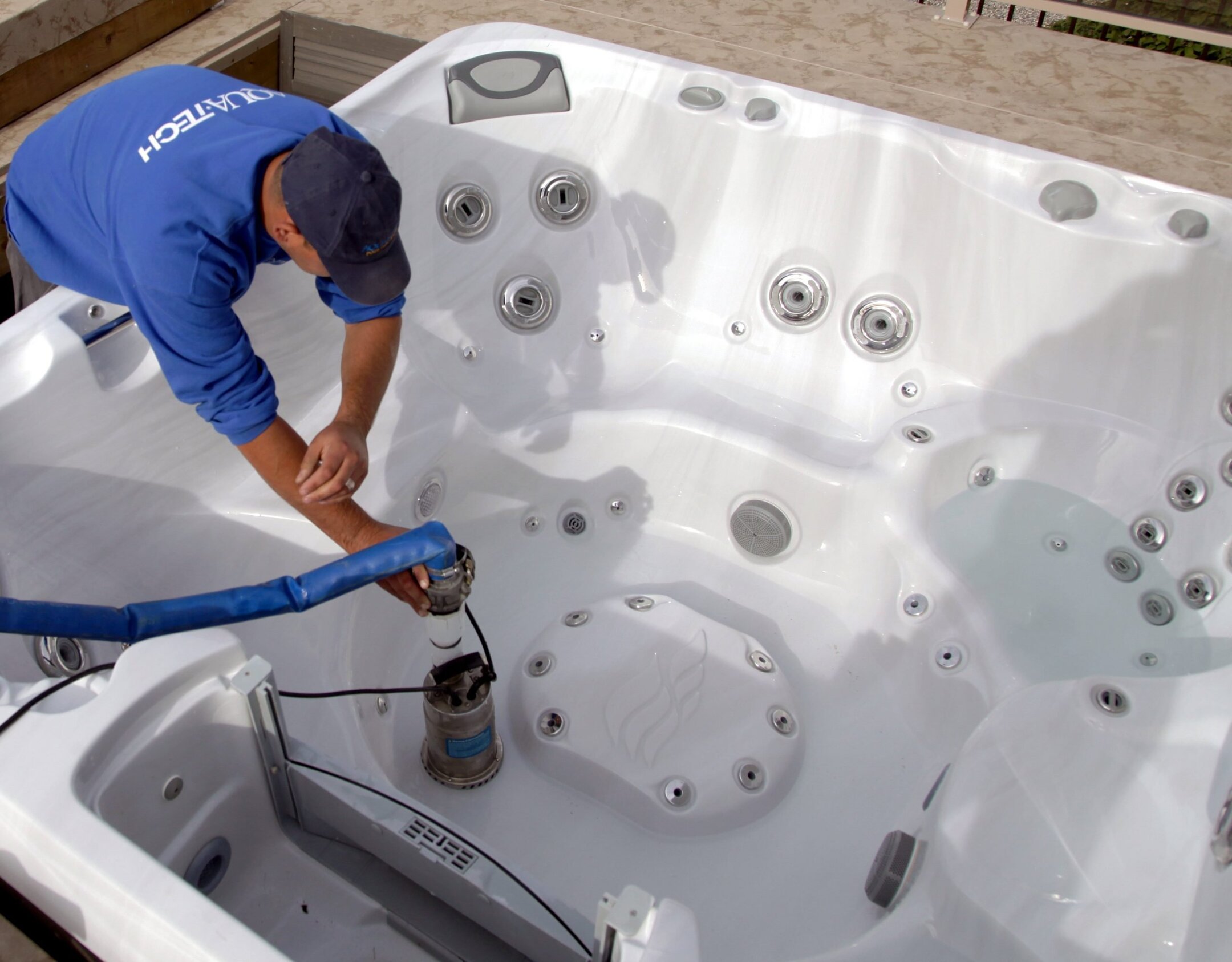
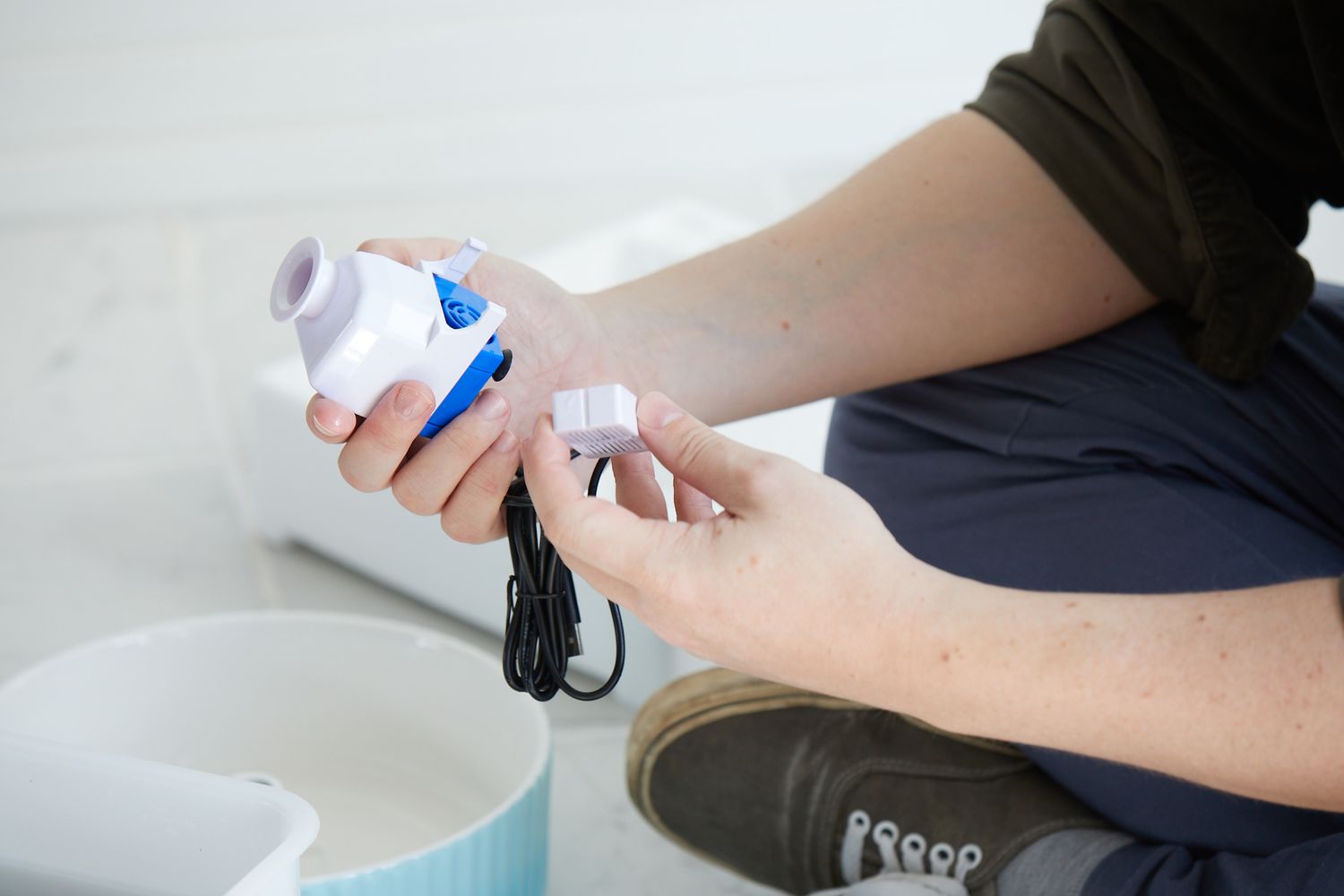
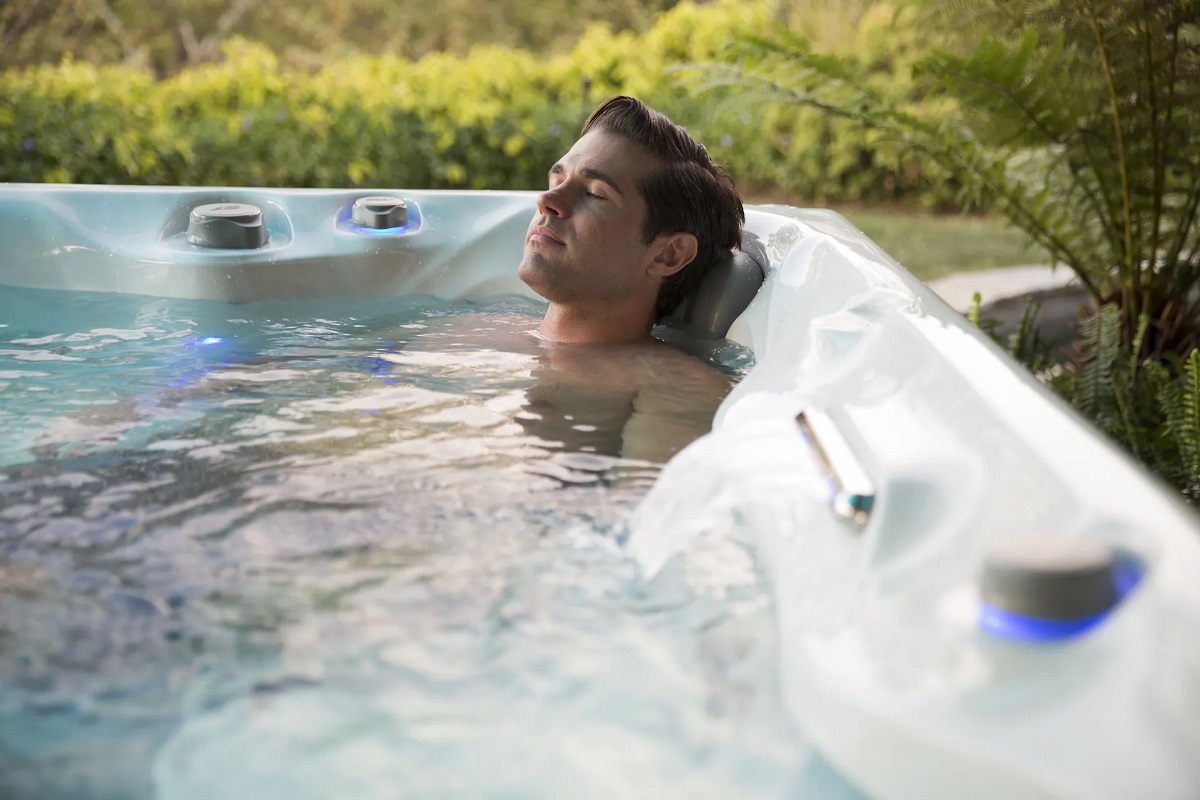
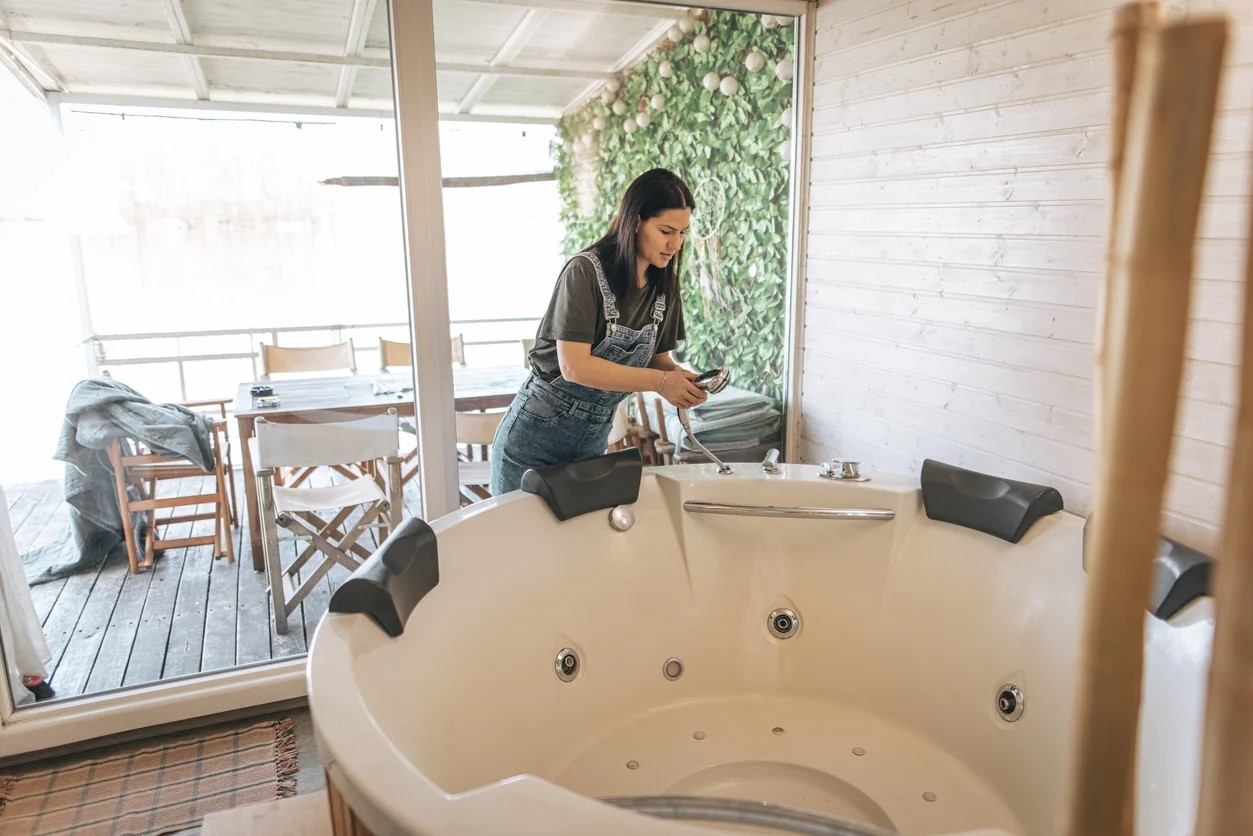
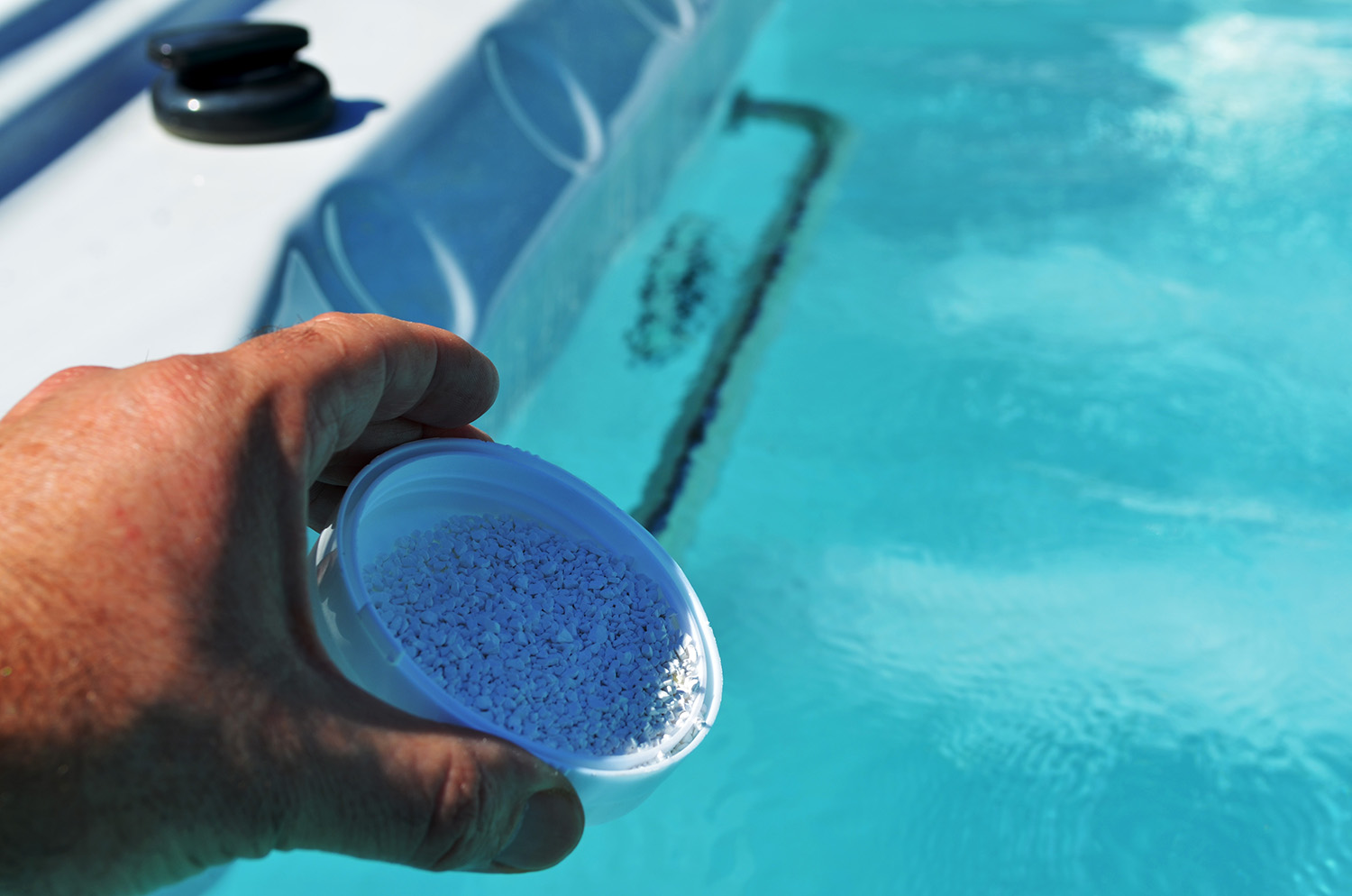
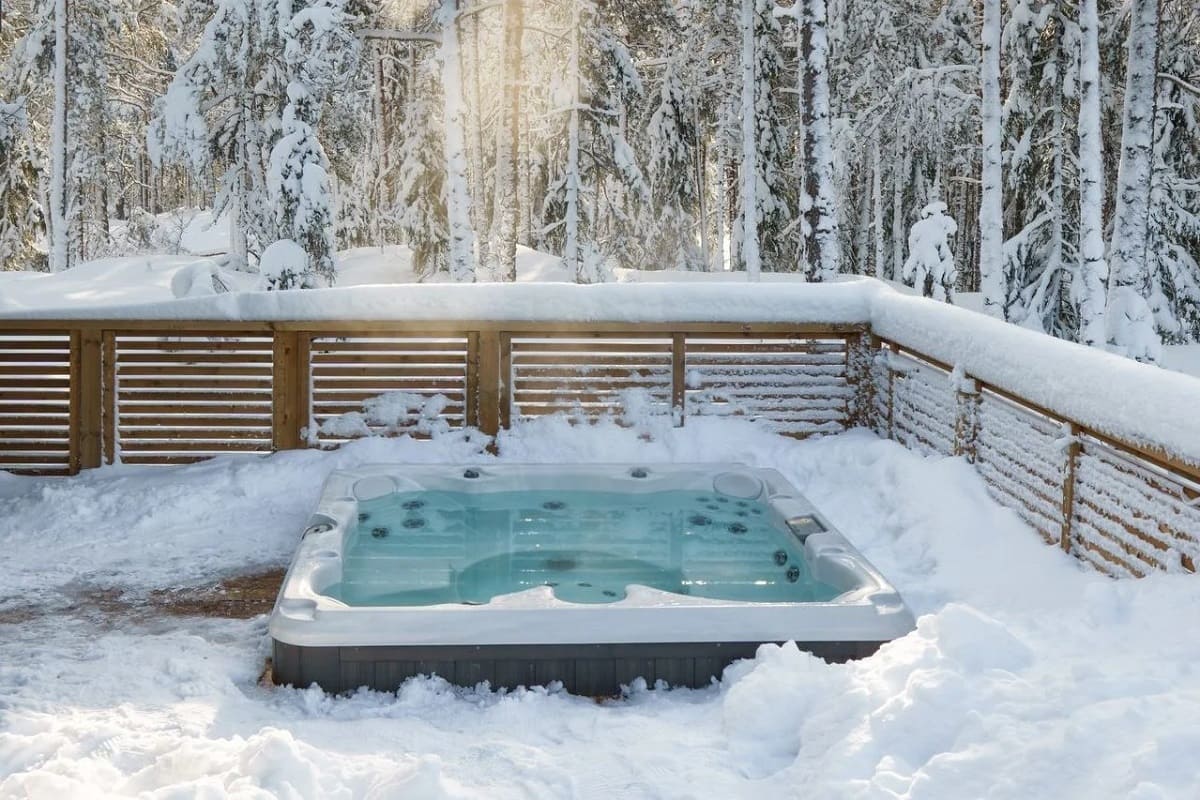
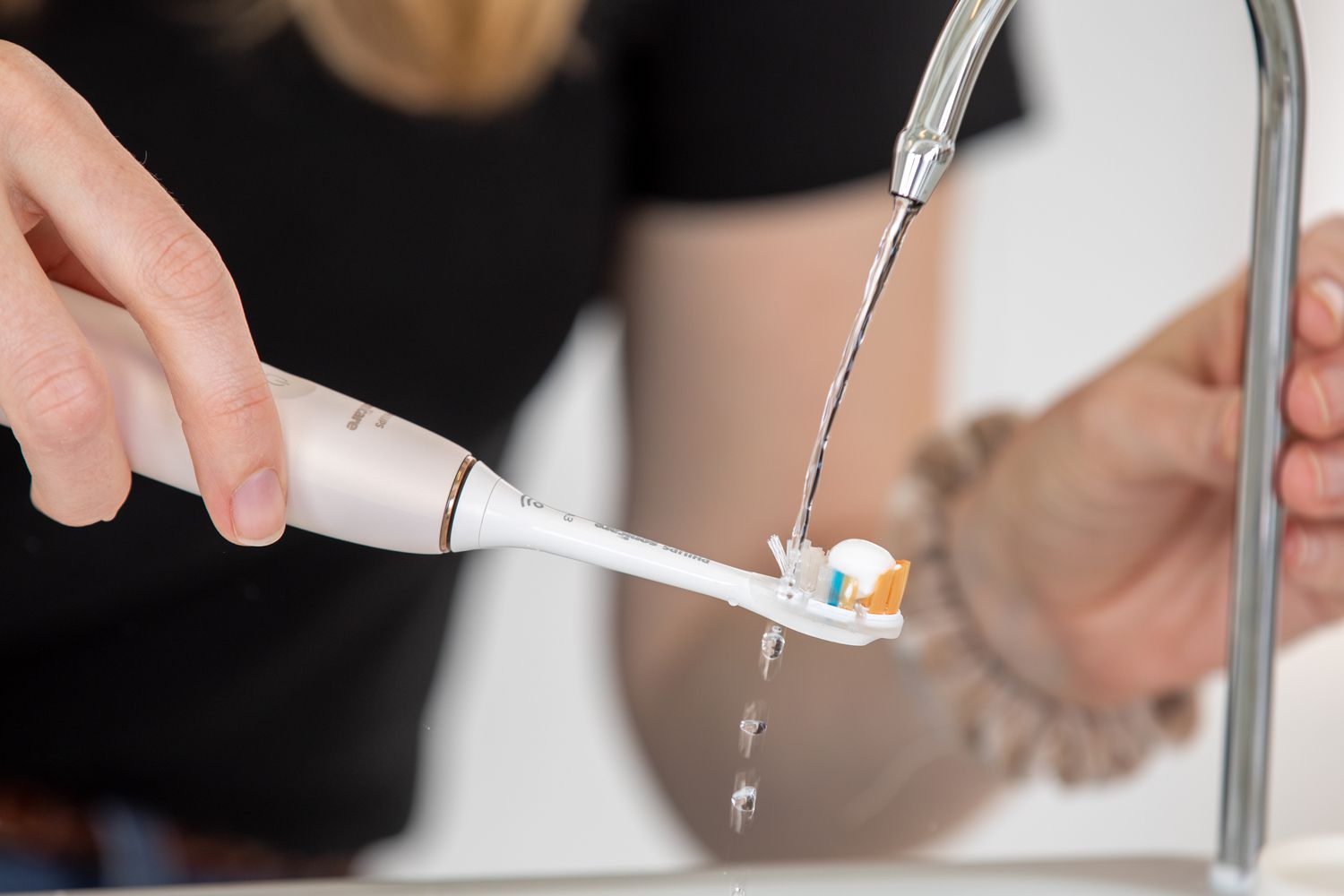
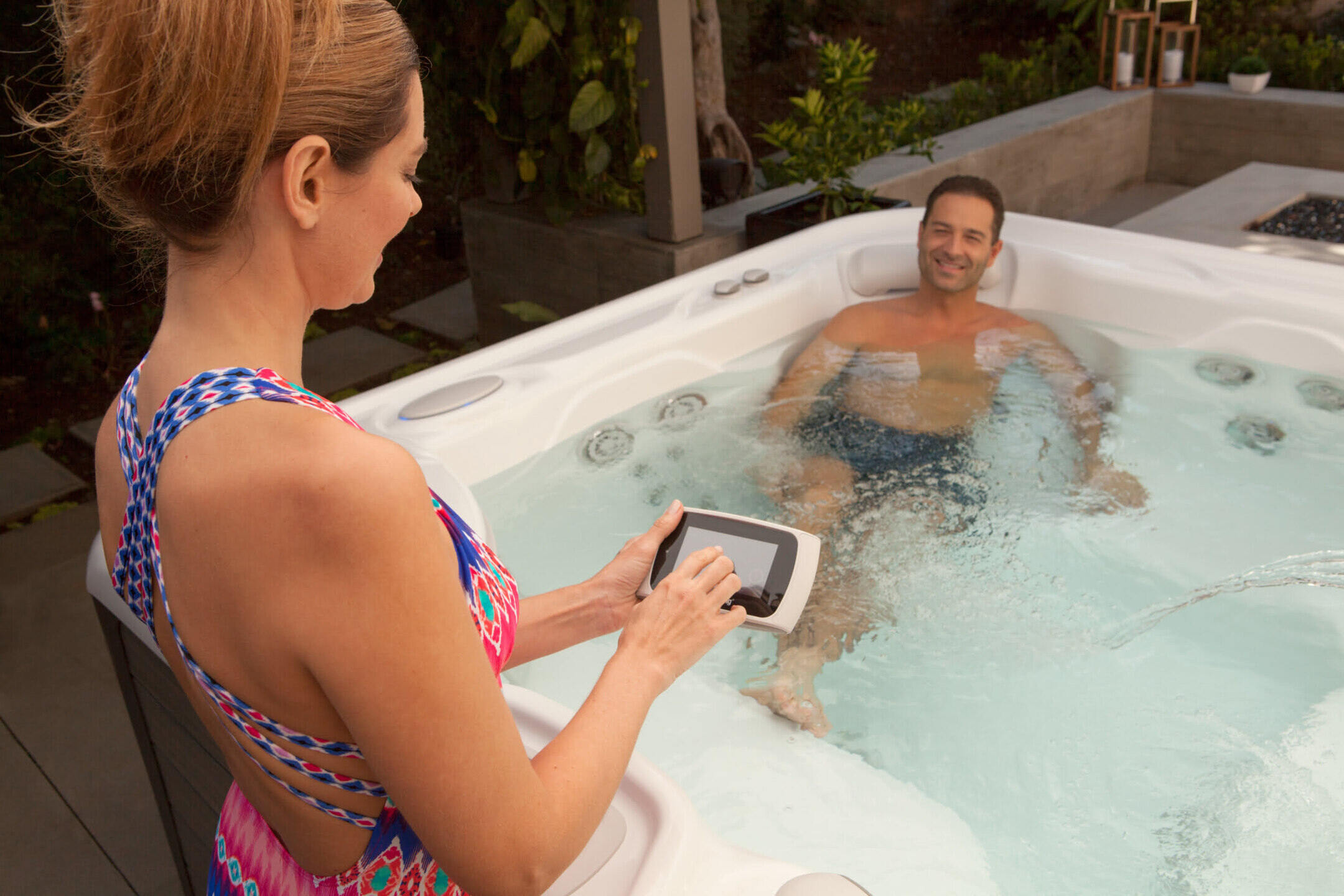

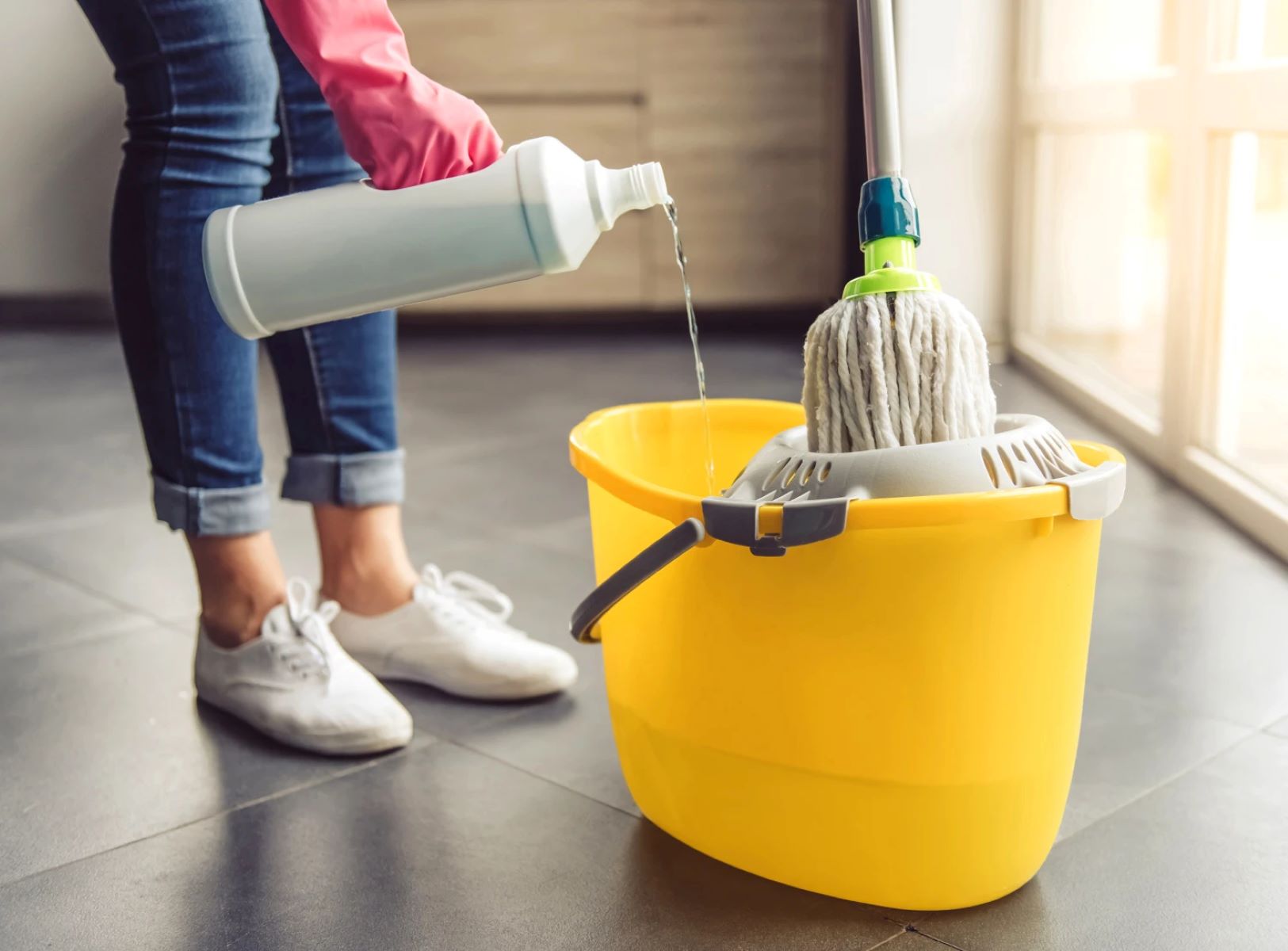


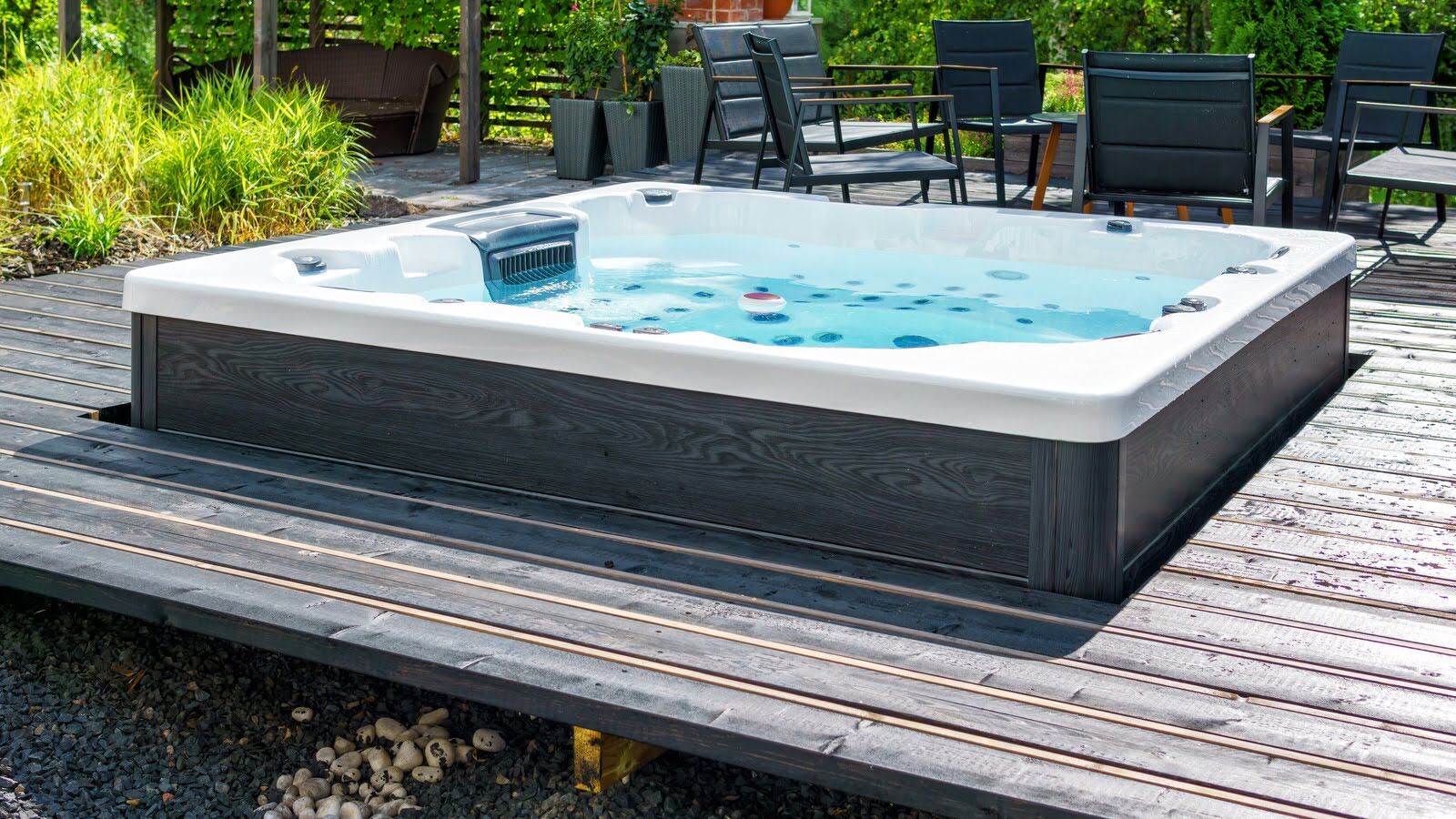

0 thoughts on “How Often Do You Change Water In A Hot Tub”